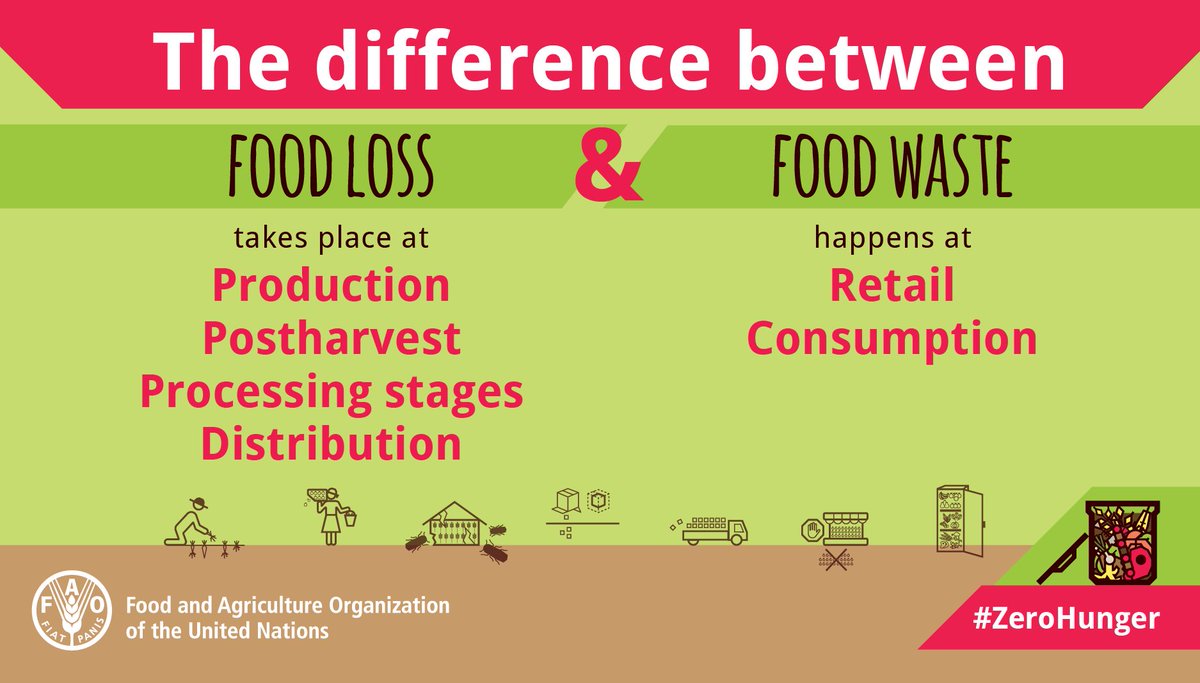Vegan and vegetarian diets are on the rise in the U.S. as more people are looking for alternative ways to eat healthier. This, in turn, leads to a change in food manufacturing formulations such as clean label ingredients, listing only a few ingredients, and using more plant protein. As Malochleb mentions in ift.org,”The plant-based protein market, estimated at $18.5 billion in 2019, is projected to grow at a compound annual growth rate (CAGR) of 14.0% from 2019 to 2025, to reach $40.6 billion by 2025, according to research by MarketsandMarkets. Public awareness regarding obesity caused by unhealthy food consumption has led to the demand for plant-based protein products.” from Medical News today provides a list of 15 plant-based foods that provide high protein content and nutrients. These include, tofu and its derivatives, chia seeds, mycoprotein, Ezekiel bread, nuts & lentils, Spirulina, Quinoa, chickpea, beans & rice, potatoes, protein rich vegetables like kale, mushrooms, and broccoli.
Continue readingCategory Archives: Nutrition issues
Food wastage

What is food wastage?
Food waste is a very familiar subject since I volunteered at the food bank; I’ve seen a lot of restaurants & customers waste tremendous amounts. The number of donations each day was beyond belief which is problematic. If everyone could donate a little bit to the food bank, it would contribute to the food shortage immensely. Keep in mind here, food wastage is divided into food loss and food waste. Food loss is at the start of the supply chain with production and harvest, then processing. On the other hand, food waste is found during the distribution, retail and consumer consumption. Food wastage at any level leads to environmental issues, natural resource depletion which undermines food security. ScienceDirect defines food waste as follows, “In this paper, the definition of FW reported in the FUSIONS definitional framework is adopted, which states that food waste is any food, and inedible parts of food, removed from the food supply chain to be recovered or disposed.”
Continue readingGlobal Nutrition Transition
Today, I will focus on global nutrition transition around the world. There is a lot of research on the internet. I encourage you to look up the information if you are interested to learn more about the subject.
Continue readingEating disorders and social media

Image credit: Freepik by yanalya
History of eating disorders:
Eating disorders are a huge issue in the U.S. especially for women. The ideal female body image is dictated to a large extent by movies and television celebrities, fashion models, and beauty pageant contestants. Society considers thin to be healthy. In fact, most recent winners of the Miss American pageant have body mass indices at the lower end of the normal range. Many of the pageant winners during the 1970’s and 1980’s were considered undernourished, having body mass indices between 16.9 and 18.5 kg/m2 [1,2]. A female’s body size too often affects her self-worth and self-esteem. Body image distress is a result of people becoming dissatisfied with their weight, especially if they believe that their weight and shape are central to their self-worth as a person. An eating disorder often ensues [3]. Moreover, eating disorders usually start out as dieting or weight loss, and become an obsession to lose weight over time.
Continue readingOsteoporosis and bone health
Short summary of osteoporosis:
Osteoporosis is a skeletal disease characterized by the deterioration of the microarchitecture of bone tissue, and low bone mineral density. The disease affects 30 to 50 million people in the United States, 80 % of whom are women [1].

Image credit: Unsplash by cosmin4000. Normal bone on the right and osteoporosis bone on the right.
As you can see in the figure on the right, there is a loss of tissue, and structure of the bone.
Continue readingGluten is it really bad for you?
Endocomprehensive.blogspot.com provides a diagram with symptoms experienced by a patient. Gluten causes many problems, an issue that is prevalent in some people is called celiac disease, a condition in which eating gluten, a protein found in wheat, barley and rye, causes damage to the villi of the mucosa of the small intestine. The damage is caused by the body’s sensitivity to alpha gliadin in the gluten. In turn, an inflammatory response by the body occurs where white blood cells attack the villi of the small intestine. The symptoms can range from bleeding, osteomalacia, rickets, anemia to a list of other complications which depends on the severity of the disease.
Continue reading